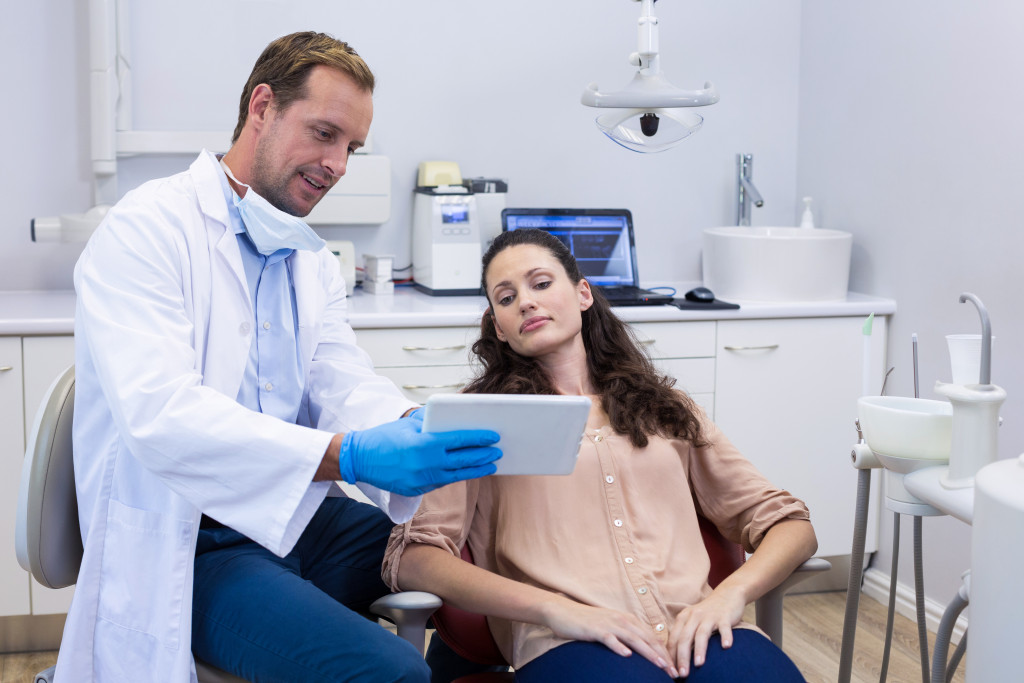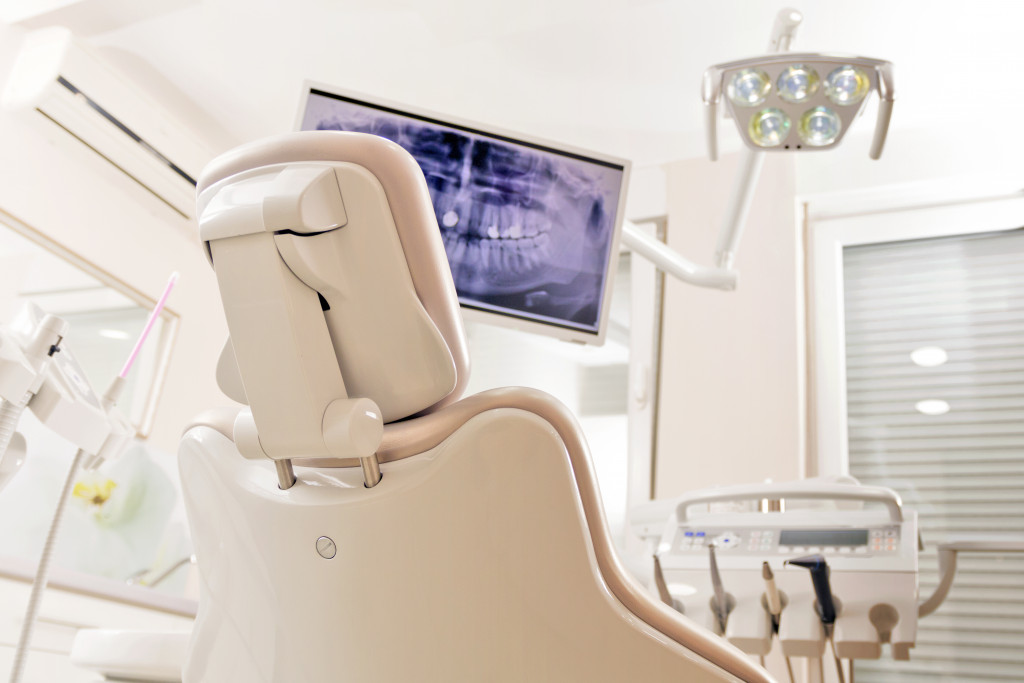Being new in the dental industry can be pretty challenging. Of course, you might have the necessary knowledge from graduating from dental school. Still, you don’t know what kind of equipment you’ll need. There’s also a good chance that whatever essential equipment they’ve covered in dental school might already be outdated, considering how technology evolves nowadays.
But don’t fear your first day in practice! This article will cover all the essential technologies you need for your dental business. Moreover, we will explain why you need these technologies and their benefits in the long run.
Credit Card Reader
This is a piece of essential equipment to have for every healthcare-related service in the country. Without it, you’ll struggle to get payments and your clients as well. Thankfully, it’s relatively easy to get a credit card reader nowadays.
About 191 million or more than 60% of the US population have credit cards. These people are likely to use their credit cards for payments more than anything else. This is why it’s essential to have a credit card reader for your dental practice because not having one means that your clients lack a payment option they need.
It’s pretty simple to get a credit card reader for your dental practice. You only need to apply to your local bank. Once they’ve approved your application, you should have one in a matter of days. So don’t skip out on this equipment. Trust us. Your clients will thank you for it.
Laser
This might be a pretty controversial suggestion because laser equipment is considered a luxury tool for dentists than an essential one, but hear us out. Those who have stuck to the traditional methods are causing severe discomfort to their clients, which is problematic in its own right. In addition, it can cause dental anxiety for first-time goers and severe bleeding in certain dental operations.
If you want to stop this from happening in your clinic, then we highly suggest that you try using laser tools for your practice. Laser means high-precision operations, with less blood and less discomfort from your clients. They are likely to return to your clinic because of it, regardless of what you charge them.
However, there’s an argument to be had as to whether if you need laser equipment for your practice. It’s a costly investment and one that might not pay in dividends for years to come. But it can certainly help put your clients at ease.

3d printer
Unlike laser equipment, a 3d printer is a must-buy for many orthodontists out there. This reduces the cost and time required to make orthodontic products.
As orthodontists, we all know the pain of creating certain products from scratch. For example, dental implants are essential products we need, but creating one can be labor-extensive and expensive. This is the same for unique retainers and braces for certain clients. However, with the existence of 3d printing, the creation of orthodontic products is easier than ever before.
3d printing has made the lives of many orthodontists a lot easier and more cost-effective. If you’re in the field of orthodontics, then it’s a mistake for you to miss out on this revolutionary piece of technology. Make sure to grab one now when you can.
Digital Impression Tools
A good addition to your 3d printer and your practice, in general, are digital impression tools. We all know the labor-extensive work of creating traditional impressions to help you with a certain operation and show your clients. With digital impression tools, that work is reduced to mere minutes.
Digital impressions are the best way to make dental impressions today. It’s less invasive and more efficient than traditional impressions. Sure, traditional impressions might be cheaper, but they will ensure that your clients will never return to your clinic ever again.
When it comes to price, digital impressions can be quite expensive. It can cost between $20,000 to $40,000, not spare change, but because it’ll save you a lot of time and money, it’s a worthwhile investment.
To summarize, the current technologies in dentistry aim to reduce time-consuming work to mere minutes. They also aim to make many procedures less invasive. For example, laser tools for dental operations reduce less discomfort among clients, hence, making them return to your clinic.
Additionally, these technologies aim to reduce the expenses in your clinic. For example, 3D printing uses precise cuts when printing orthodontic products mean fewer materials, and digital impression tools do not need a mold. All of this results in an efficient and well-liked clinic in the neighborhood—a good enough reason for you to invest in these technological marvels.

